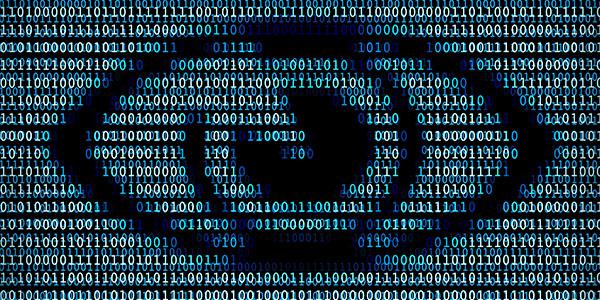Intelligence Telework May Leave Digital Footprints
Like the rest of the world, the U.S. intelligence community has been forced to telework during the COVID-19 pandemic, which offers opportunities, but then again, U.S. adversaries are working from home as well, which may offer opportunities, intelligence experts pointed out during a February 23 AFCEA Intelligence Committee webinar.
The online event included Melissa Planert, director, Tradecraft and Technology Group, Analysis Directorate, National Geospatial-Intelligence Agency, and Reid D, an innovator in secure government in the United Kingdom who did not want to be fully identified.
Asked about the threat and opportunities associated with teleworking, Reid noted the plethora of information now available as open-source intelligence. “It’s fascinating what you can do with open-source intelligence these days, as opposed to what was the preserve of states in decades gone by. How do we know we’re not leaving digital breadcrumbs all over,” he said.
Reid questioned whether there really are any more secrets considering the availability of inferred data and the aggregation metadata. “I think that could be the elephant in the room that we might need to deal with in the future, and I don’t have any great answers at the moment,” he said with a laugh.
Planert responded with a stark warning. “To your point, we ignore what’s happening in the open world at our peril. If we want to maintain strategic advantage, I think we need to be paying attention to what democratized—in our case, democratized GEOINT looks like,” she said using the acronym for geospatial intelligence. “So many commercial satellites, so many opportunities to use data, which is both literal imagery and non-literal data that you can just pin to a place on the Earth to figure things out.”
She noted the double-edge nature of such intelligence. “We’ve got to be engaging in that world to understand what is being learned, what others can learn, how we can either use that to our advantage or, quite frankly, counter it when others are doing it against us.”
Planert also indicated the intelligence community must deliver information its customers can trust. “We have a responsibility to deliver for our customers with speed, accuracy and precision and also by employing tradecraft that helps our customers know that what we’re giving them has been critically analyzed, critically thought through, and that we’ve looked at analysis of alternatives, just the tradecraft standards that we have to live by are the hallmark of what we deliver.”
Asked whether the agency modified classified tools to work in an unclassified, telework environment, she explained the National Geospatial-Intelligence Agency made choices that enabled employees to perform many functions on the unclassified network. “We chose tools that would help us do things that we could do in the unclassified realm and then pushed those products, data or services up to the high side where we could use additional tools,” she said. “We didn’t invest in the whole suite. We invested in a portion of the suite.”
She described the agency’s GEOINT Program of Analysis, a classified effort that examines intelligence questions, measures how the agency is performing on those questions needing to be answered, keeps track of who is working on which issue and measures the agency’s performance. On the unclassified side, the agency is looking at the program of analysis a bit differently to ask what can be done in an unclassified environment. “If you look at it through that lens of what the analysis mission should be doing, that helps us make decisions about which tools to keep on the low [classification] side and sustain and which ones we really need on the high side.”
The agency has now created a small team—the Unclassified Domain Team—to help solve challenges arising in the unclassified world. “This is a small group of people who are the glue for helping to sustain. What they really do is help get over barriers. You always come up with barriers in policy or security. They orchestrate unclassified efforts,” Planert explained.
Reid explained that the United Kingdom has a similar team, the Future of Work Team, and he suggested that the two teams should connect and compare notes.
Both experts indicated that many of the teleworking practices instituted during the pandemic likely will continue in the future. “If we’ve given, which we have, a number of iPhones and MacBooks and Windows laptops, they are not going back,” Reid asserted. “You would not be able to prise those off the employees, so I think some things will absolutely stick. Only time will tell how much.”





Comments